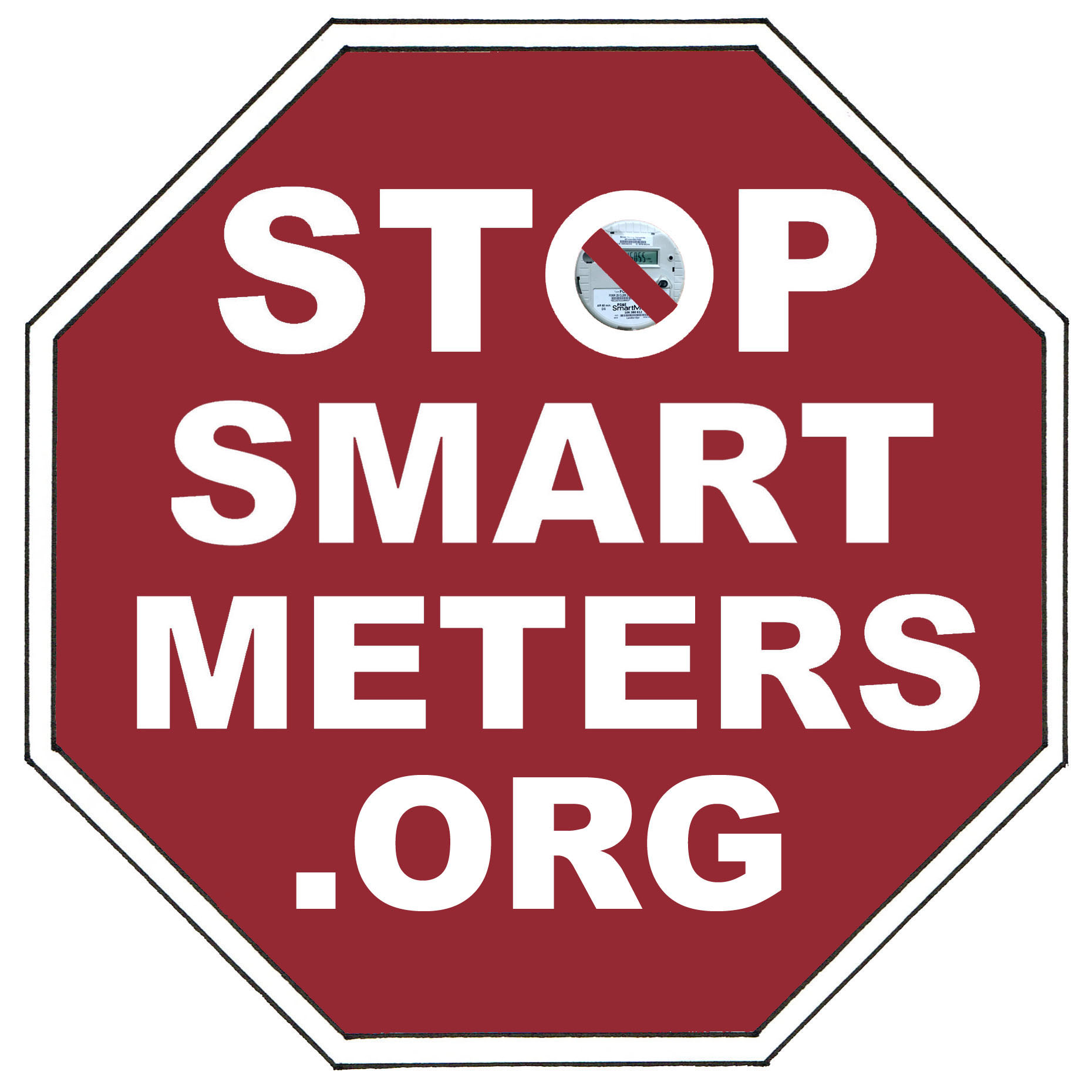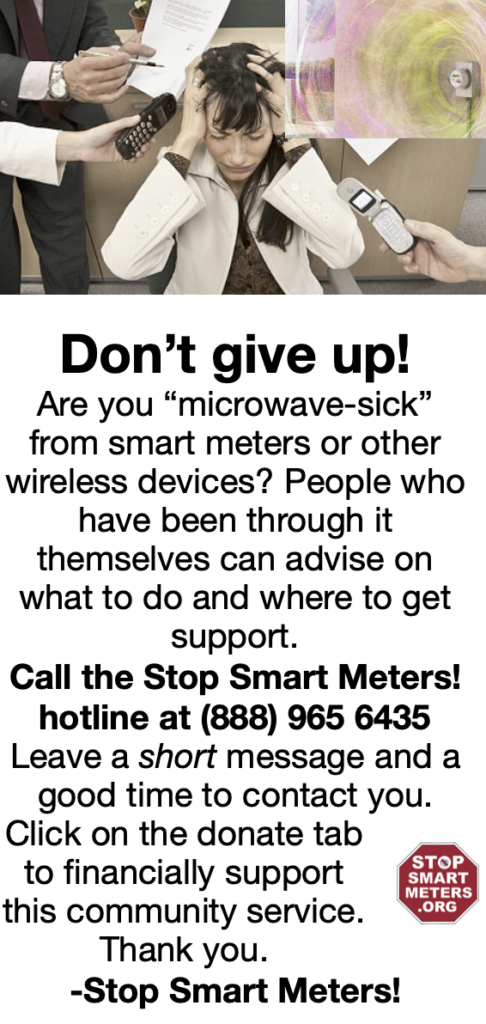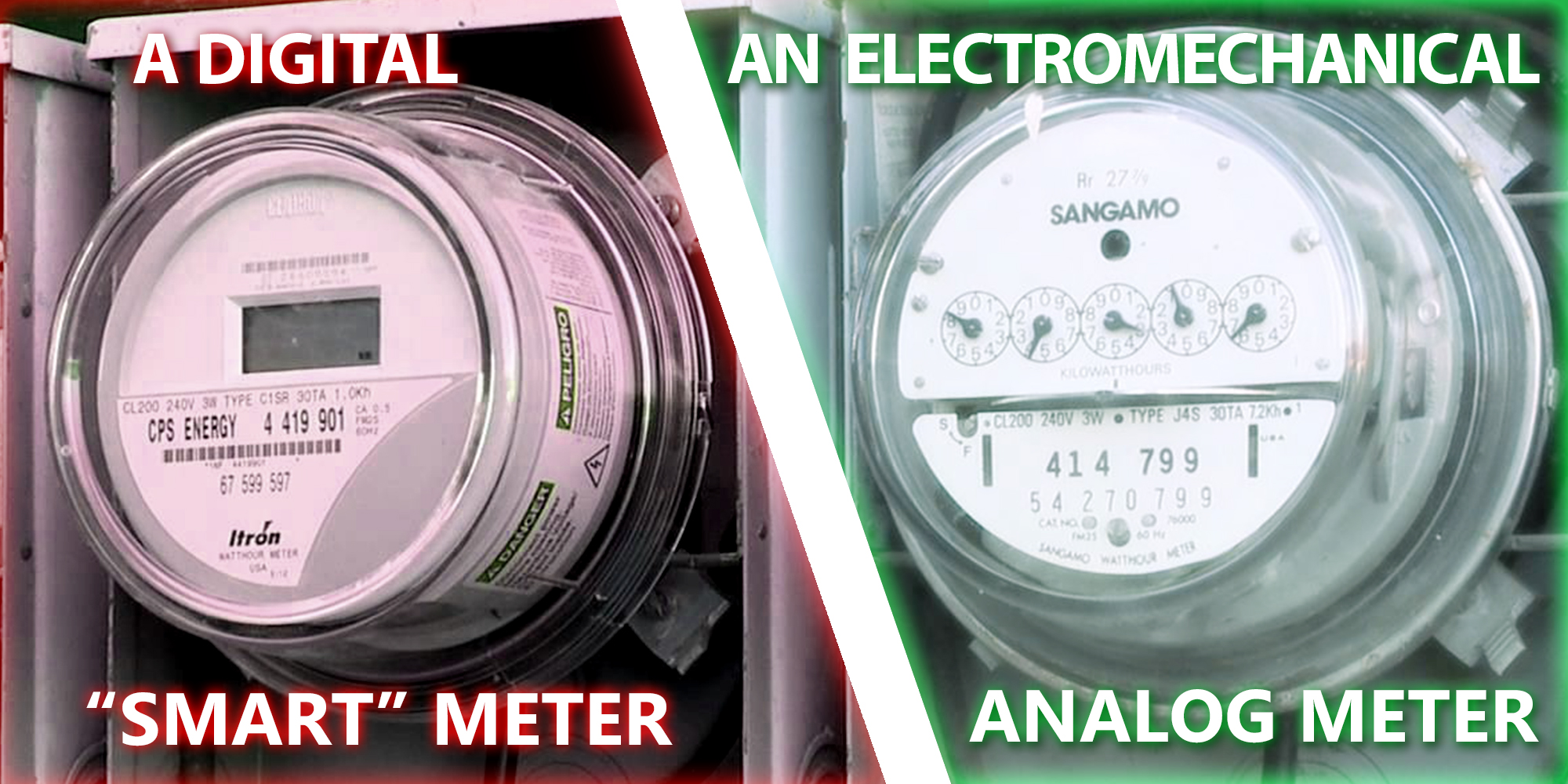 We received the following e-mail yesterday from a resident on California’s Central Coast. This is Chapter 1 out of the utility playbook- sound totally reasonable in media interviews, and then turn around and lie to, intimidate, and threaten individual ratepayers in private discussions. This kind of abuse is not an aberration- it is corporate strategy straight from the top. Doubt that? A CPUC investigation announced last Wednesday found that Ex-Director of PG&E’s Smart Meter Program William Devereaux was acting with full knowledge and support of PG&E’s top tier executives when he pretended to be an anti-smart meter activist to sneak into our online discussions. If we can’t trust them not to spy on us and read our private e-mails, how can we trust them with intimate details of our private lives that they now have access to if you have a smart meter?
We received the following e-mail yesterday from a resident on California’s Central Coast. This is Chapter 1 out of the utility playbook- sound totally reasonable in media interviews, and then turn around and lie to, intimidate, and threaten individual ratepayers in private discussions. This kind of abuse is not an aberration- it is corporate strategy straight from the top. Doubt that? A CPUC investigation announced last Wednesday found that Ex-Director of PG&E’s Smart Meter Program William Devereaux was acting with full knowledge and support of PG&E’s top tier executives when he pretended to be an anti-smart meter activist to sneak into our online discussions. If we can’t trust them not to spy on us and read our private e-mails, how can we trust them with intimate details of our private lives that they now have access to if you have a smart meter?
A smart meter was installed at our home without our authorization. Before this, we asked PG&E if we could opt out but were told we couldn’t do this. After the smart meter was installed, we called PG&E Customer Service to opt out and were again told it wasn’t an option. When a PG&E subcontractor showed up recently to reinstall the smart meter, stating that it wasn’t being read at the central office, we said we wanted to opt out and were told we couldn’t do this. Then when we called just last week to complain about the flashing lights on the meter and asked again about opting out, we were told it wasn’t an option FOR THE FOURTH TIME. Today, much to our surprise and quite by accident, we heard on the local news that this was the last day to opt out and we called the phone number listed to do this with their automated system. But why did PGE fail to tell us the truth four times about our right to opt-out of the smart meter? Some resourceful class action attorney in SF or LA should file a class action suit on the opt out fees so it will be litigated state-wide rather than county by county.









There is a lot of misinformation and miscommunication coming from electric companies all over – I’m glad this woman’s story had a happy ending. Here is the latest from Georgia Power, and there’s bad news and good news:
[From my friend] “The guys from Metadigm have been in Valdosta all week. Some folks received the phone message about the installation, others did not. We did not receive any phone call and it did not seem to be just those of us who sent in protest letters that were ignored.
“We saw the truck on the next block and my husband spoke with the installer. The guy was nice and said that GP had not given them any instructions about what to do about meters with the do not install stickers on them. However, this guy said that he had already driven by our house and saw our protest sign in the front yard and would not install a meter on our property. The same was true for our other rebellious neighbors next door.
“I was glued to the front of the house, just waiting. The guy drove up, wrote something down while seated in his truck, waved “hi” to me and then drove on to the other homes. So, for now, we are safe.
“I think another neighbor nearby might have started the rebellion for us by standing with a baseball bat and telling the guy to remove the smart meter and put the analog meter back. The installer had ignored the sticker on the meter, so I am not sure if the sticker alone will save anyone. My suggestion is to also put up a yard sign that gives a clear message. Ours says ‘Refuse Installation of a Smart Meter.”
That is the first time I’ve heard that Georgia Power put back an analog meter, with or without some “persuasion.” At any rate, I will be crafting a yard sign ASAP!
I am opting out.
The methods used so far have not attacked some subtle root weaknesses the invisiiblty of the digital nature of Smart Meters. There are several points that have not adequately been pressed.
1. Digital meters have opaque covers and digital circuits. Neither the customer nor the utility can certify that unauthorized surveillance components or code are not in the meter. The opaque covers hide any components. Digital circuits are extremely difficult to analyze. The customer does not have access to the code. Logistically, the utility does not have the resources. The customer cannot mitigate any surveillance or monitoring system. This certification is necessary on every meter. The certification testing for the product line does not prove that each meter is correct; it only provides that the design and controlled implementation are correct. Normally testing does not look for unplanned features. In contrast, the analog meter contains no digital circuit and has a clear glass cover. The customer can inspect it for unauthorized components.
Write a letter to the Utility explain that you are unable to determine whether a surveillance risk exists with the meter due the opaque cover and inability of accessing the meter program/firmware/code. Ask the Utility to provide a certified detailed report from a professional engineer for the specific meter stating that the meter is devoid from unauthorized monitoring or surveillance code or components and includes the entire analysis procedure and the test results.
2. Complain to the attorney general, PUC chairman, and governor that the PUC has exceeded its jurisdiction by ordering the utility to install devices that they cannot certify does not contain unauthorized surveillance devices. The Utility did not provide full disclosure on the utility’s quality assurance program to the PUC concerning ensuring customer privacy from unauthorized components in the meter. Therefore the PUC analysis did not consider all relevant privacy issues; The order is defective because the underlying analysis is defective due to incomplete disclosure by the Utility.
Pingback: PG&E Wants to Limit Info re: “Alleged Spying on Anti-Smart Meter Activists” Case | Center for Electrosmog Prevention